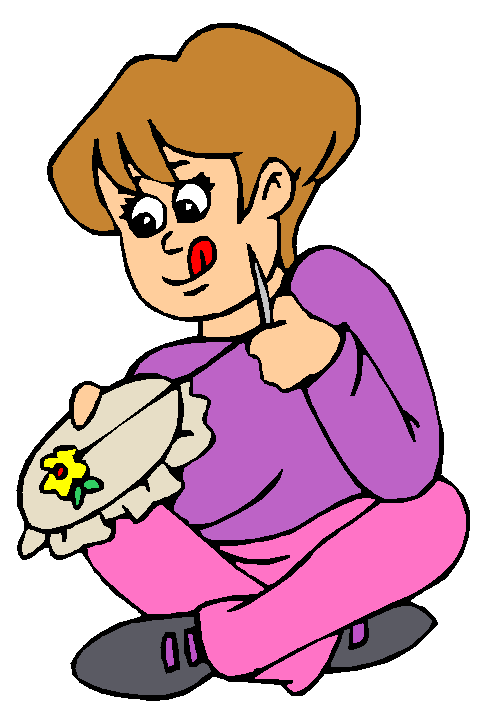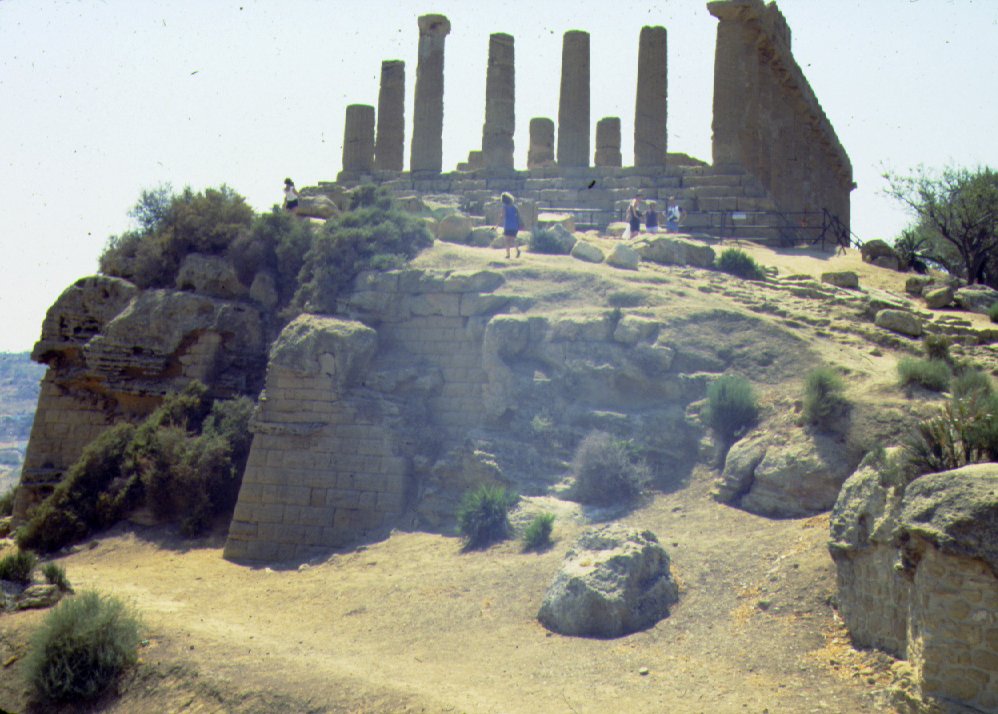|
|
|
|
|
|
|
|
|
|
|
Open Day 2002 |
|
|
Ancient Greeks visit Year 4!
|
Our display this year was about Ancient Greeks and the Theatre. We also offered our guests Spelt Bread—with either dates, or a combination of Honey and Poppy seed or Honey and Sesame seed. There was also Pita Bread and Apricot or Dried Grape spread. |
|
Sosipater and Epaenetus are both
wearing the Chiton, but have large Himations draped around
them. The others who have come to the theatre can see by this style that
they are Philosophers |
|
|
These ladies are ready to go to the Helen is rich Greek lady wearing a Narrow Himation with a Greek Key Design, over her Chiton. She is a lady of business, and can afford fine expensive material and styles. Phebe and Priscilla are Greek ladies who are wearing Doric Style Chitons called Peplos. Please note the Apotygma, which is the over fold at the top of the Peplos. They carry Himation shawls over their arms.
|
|
|
Our Greek play:
|
Jason is a soldier in the Greek army. He has just received orders to fight the Persians who are trying to invade Greece. His armour and equipment, the Panoply, are made up of a Hoplon or shield, a sword, a helmet, a Cuirass or breastplate, and protectors on his legs. It has cost him a great deal of money, as it is made of iron and bronze. (About as much as your family car cost!!)
There were other people in the plays who wore costumes. They were the Chorus and they dressed all alike.
|
|
About Greek Plays: There were two major types of Greek plays. There was Tragedy, which was from the word that means goat. A Tragedy had actors who wore goatskins and danced like goats. The best performers were given a kid goat as a prize. It was usually a sad play. The other type of play was Comedy, which was from the word that means song. A Comedy wasn’t always funny; sometimes it was just happy or cheerful.
|
Greek actors were called Hypocrits. They were always men. If they had to play a lady, they would put special clothing on. If they had to look important, they would wear tall shoes. There were usually 1 to 3 Hypocrits. The most important part of the disguise was the Mask. These Masks were made simply and they had big holes for the mouth and the eyes. This made it easier for the audience to pay more attention to the Hypocrit’s actions rather than what he looked like. Another reason for wearing the Mask was that the Mask made the Hypocrit’s voice louder, making it possible to hear him everywhere in the Theatre. |
|
Links for more info on |
 At
this open day the Sewing club also had a demonstration.
At
this open day the Sewing club also had a demonstration. 







